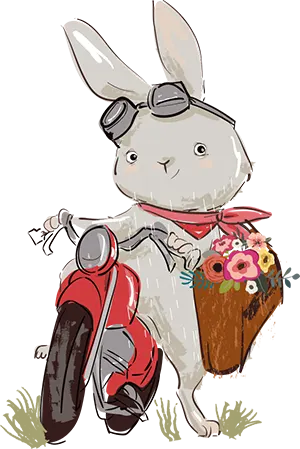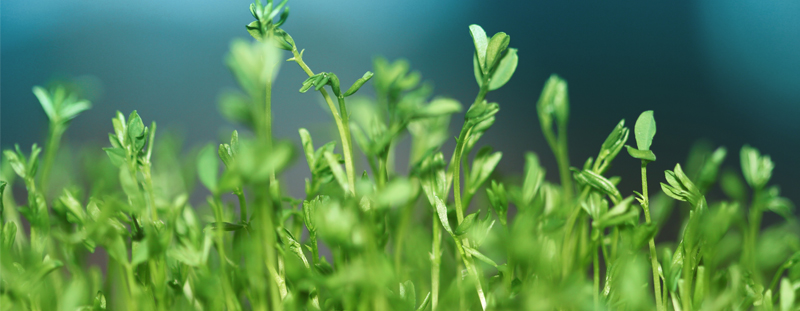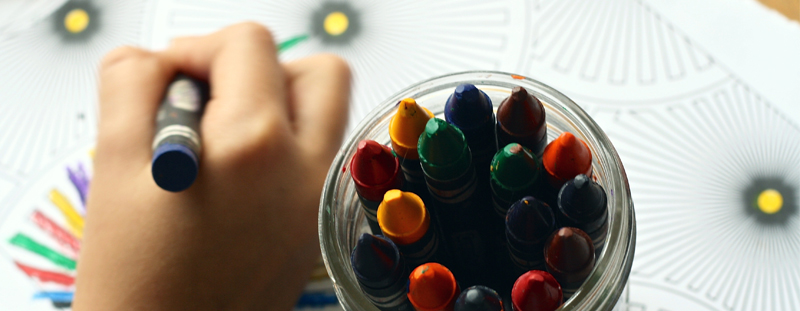Suddenly everything is sprouting! Spring has definitely sprung and your kiddo is begging to play outside. Add to the outdoor exploration with a DIY spring terrarium activity. Not only is this an easy way to get in some nature-based play, but your little learner can dig deep into some serious subjects. Okay, so maybe it’s not super serious, but this activity can help your child develop, grow and build new skills in spades. And bonus, it’s a together-time idea that gives the two of you a creative way to bond.
This activity offers opportunities galore to explore a variety of subjects and skills. Science is the name of the game here, and your little one will get to explore and experiment in a totally hands-on way. This includes learning about earth sciences and biology. Specifically, you can talk to your little scientists about the plant lifecycle, animals, the environment, habitats and weather.
Along with the science-y stuff, your child has the chance to develop new skills and abilities while trying this DIY activity. There’s some fab fine motor skill building that can happen as your child picks plants and puts together the spring terrarium. Then there’s the imagination and artistic aspects. Instead of just putting a bunch of plants into a jar, your child can artistically arrange them in their own perfect plan. Speaking of that plan – creating a terrarium plan requires problem-solving skills. That means your child needs to think critically and puzzle out how to place all of these natural items. And, let’s not forget about early literacy development. Connect the project to books about nature and make sure to use plenty of new vocabulary words for the flora and fauna you’re talking about.
Don’t stress about spending on this activity. Sure, a store-bought terrarium kit may cost a lot. But, this DIY version is much easier on your wallet. Grab a mason jar and get going! Seriously. The jar is the main material, and that’s why this idea is so cost-effective. You don’t even need to buy the jar. Reuse an old jelly, jam or sauce jar instead of spending on a new one. This only adds to the environment/earth sciences aspect of the activity!
Now that you have a jar, your child will need something to fill it with. What does this include? Natural materials, of course. Rocks, dirt, moss, small-sized plants, dandelions and any other natural item will more than do. Leave the creepy crawly and critter-like creatures where they belong – outside. These little guys need to stay on their home turf and won’t do well inside of a jar. If your kiddo is asking to include animals or insects, use small plastic toys or make your own with modeling clay.

If your child wants to add whole plants to the terrarium, that’s fine. Take a cup or container along to keep the plant, roots and dirt intact. Dig up a small plant or a few blades of grass and put them into the container, along with the soil. Avoid anything that someone else has planted or that is public property. For example, if you’re searching in the local park, don’t dig up the petunias that the gardening club just planted. Only choose plants/weeds that are growing naturally.
Break out the crayons and paper and get planning! Your creative kid can draw drafts of exactly what they want their terrarium will look like.
When the planning is done, it’s time to start the terrarium. Fill the bottom of the jar with soil, put the plants in and add pebbles or twigs. Dress the twigs up with moss to make mini trees, too! If your child is struggling to place everything in the jar, use thick tweezers or slim tongs to move the natural items around.
Complete the science craft by adding a plastic toy or modeling clay-made animal. Now your child has an entire environment to admire – in a jar!
After being cooped up all winter, this spring activity is an easy, fun, and budget-friendly way to bond with your kids in the great outdoors. You’ll have the chance to teach them about plants, trees and flowers, or do some post-exploring research about something that you saw and both learn something new! Building the terrarium with all of the beautiful and unique pieces of nature that you gathered will leave your home with something for the whole family to enjoy.









